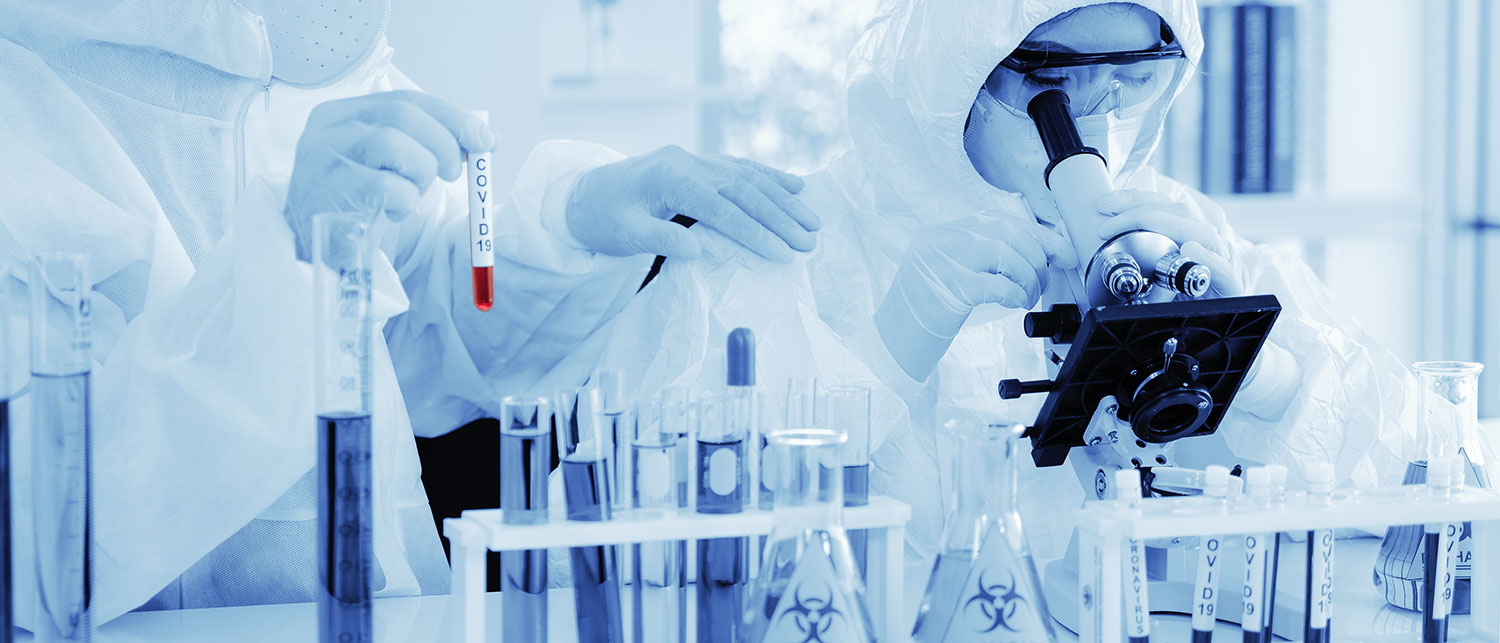The first vaccine was developed by Edward Jenner in 1796. He used cowpox material to develop immunity to smallpox. According to historyofvaccines.org, the next major breakthrough was almost 100 years later, the development of rabies vaccine in 1885 by Louis Pasteur.
Other vaccines developed through the 1930s (50 years later) include those against tetanus, cholera, typhoid, and tuberculosis. The middle of the 20th century was an active time for vaccine research and development. Methods for growing viruses in the laboratory led to rapid discoveries and innovations, including the creation of vaccines for polio. Researchers targeted other common childhood diseases such as measles, mumps, and rubella, and vaccines for these diseases reduced the disease burden greatly.
Polio and measles are diseases that no longer exist because of herd immunity. According to the Association for Professionals in Infection Control and Epidemiology, “herd immunity (or community immunity) occurs when a high percentage of the community is immune to a disease (through vaccination and/or prior illness), making the spread of this disease from person to person unlikely. Even individuals not vaccinated (such as newborns and the immunocompromised) are offered some protection because the disease has little opportunity to spread within the community.” Something the world will struggle to achieve for COVID-19.

Vaccines must go through extensive trials to ensure they are not only effective but also safe to use. Unlike drugs to cure, which are administered to sick people to make them better, vaccines are given to healthy people to prevent them from getting sick. And they are administered to millions of people not just a few. So, ensuring they are safe through rigorous, no-compromise (Trump please note) processes with no side effects is extremely important, nay essential.
Vaccines go through four phases. Clinical development is a three-phase process. During Phase I, small groups of people receive the trial vaccine. In Phase II, the clinical study is expanded and vaccine is given to people who have characteristics (such as age and physical health) similar to those for whom the new vaccine is intended. In Phase III, the vaccine is given to tens of thousands of people and tested for efficacy and safety. Many vaccines also undergo Phase IV formal, ongoing studies after the vaccine is approved and licensed.
It's that fourth Phase of post-marketing surveillance where more information on the safety and efficacy of the vaccine is collected that is particularly important as it confirms or doesn't with proof of use what side effects actually occur. Or confirms they don't.
This is what happened with Dengvaxia and look at the hysterical reaction it generated. Instead of accepting that this was a safe drug proved in extensive trials and phase 3 tests of 29,000 people that went on for 25 months, not the brief few COVID-19 is being forced through, there was a weakness that post-marketing surveillance discovered. Some people who had not had dengue before suffered more severely when they did get dengue than if they hadn't been vaccinated.
Something that wasn't uncovered in the phase 3 trials.

It was only discovered after actual use in the phase 4 period. And Sanofi did the responsible thing of informing health authorities worldwide.
Will we get the same mindless, hysterical reaction if subsequent market surveillance uncovers a worrying side effect from a COVID-19 vaccine. Discovered after the hastily-conducted phase 3 trials, which are being done in months, not careful years. It was in that phase 4 that the risk of more severe effects on seronegative children was discovered.
It's time to accept that no vaccine is perfectly safe. As long as it saves vastly more lives than its risks it should be accepted and used. Dengvaxia has been approved and is in use in 19 countries, and has saved an estimated 1 million lives. Yet here it is banned.
Latest data from the Philippines Department of Health show that in the first eight months of 2019, there were 1,107 deaths due to dengue. Many of the 1,107 people who died of dengue would still be alive today if they'd been vaccinated. Their families might not be too happy with the Dengvaxia ban. Its time the DOH brought Dengvaxia back onto the market. And takes care in accepting and using a COVID-19 vaccine, but accepts it with the recognition it too may share side-effects later discovered, but they'll almost certainly not lead to death—as lack of a vaccine will.
About the Author
Peter Wallace is the Founder and CEO of the Wallace Business Forum, a leading conference and analytical commentator on the Philippine political, economic and business environment.
Peter has been resident in the Philippines since 1975, and became a Philippino citizen in 2015.
Originally an Australian electrical engineer, he held senior management positions in the Philippines for 8 years before establishing, his own consulting organisation, a member of the IMA consortium with affiliated, independent partnerships throughout the Asia Pacific Region.
This article, “the Miracles of Vaccines” is one of a regular weekly series appearing in the leading Manila newspaper the Philippine Daily Inquirer, reproduced here with approval from the author and original publisher.
Author: Peter Wallace, Founder and CEO, Wallace Business Forum. For further information please contact: wallace_likeitis@wbf.ph
Series Editors: Christopher F. Bruton, Executive Director, Dataconsult Ltd, chris@dataconsult.co.th. Dataconsult's Thailand Regional Forum provides seminars and extensive documentation to update business on future trends in Thailand and in the Mekong Region.
Ezree Ebrahim, Head Business Development (Healthcare), Absolute Health Group. For Further information, please contact: ezree.ebrahim@akesisoncology.com

